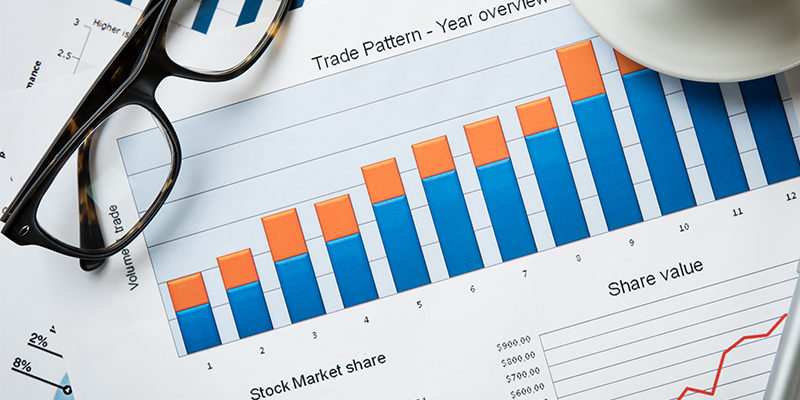Economic growth is an increase in the production of economic goods and services per head of the population over a specific period. It can be measured in nominal or real (adjusted for inflation) terms to be more accurate. Economists and statisticians use different methods such as Gross national product (GNP) and Gross Domestic Product (GDP) to assess economic growth.
The Gross National Product measures the value of goods and services produced by a nation (GDP) and income from foreign investments. The World Bank uses gross national income instead of GDP to measure growth. GNP includes income sent back by Non-Residents working overseas which is the major contributor to the growth of many emerging economies. The Gross Domestic Product measures the value of goods and services produced by a nation. It takes into account the country’s entire economic output that is all goods and services that businesses in the country produce for sale. It doesn’t matter whether they are sold domestically or overseas.
Economic growth drive higher source of income for businesses. When the economy is growing in a sustainable fashion, the income of the businesses increase, that gives companies capital to invest and hire more employees. As a result, more jobs are created, incomes rise. Consumers have more money to buy additional products and services. In this virtuous circle of income and spending, the spending turn up in productive output and productive output bring about into economic growth. If growth is too far behind a healthy growth rate, it overheats.
- Home
- Accounting
- Banking and Financial news
- Deposits
- Ethics
- Financial Analysis
- Foreign Exchange
- Income Tax
- Indian Financial System
- Information Technology
- Investment and Insurance
- Loans and Advances
- Mortgage Laws
- Negotiable Instrument Act
- Risk Management
What is the meaning of economic growth?
You are here:
- Home
- Indian Financial System
- What is the meaning of…




